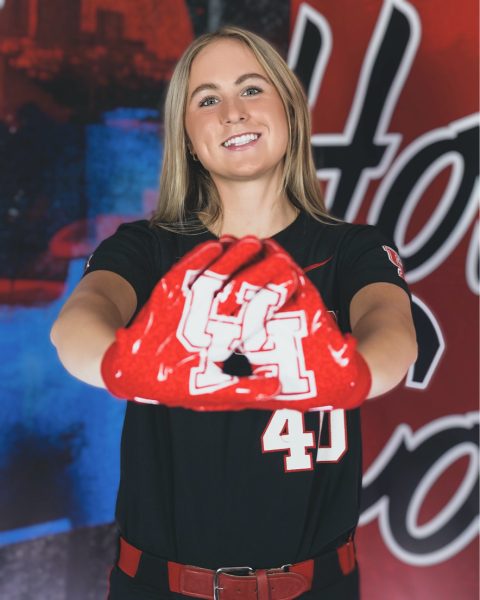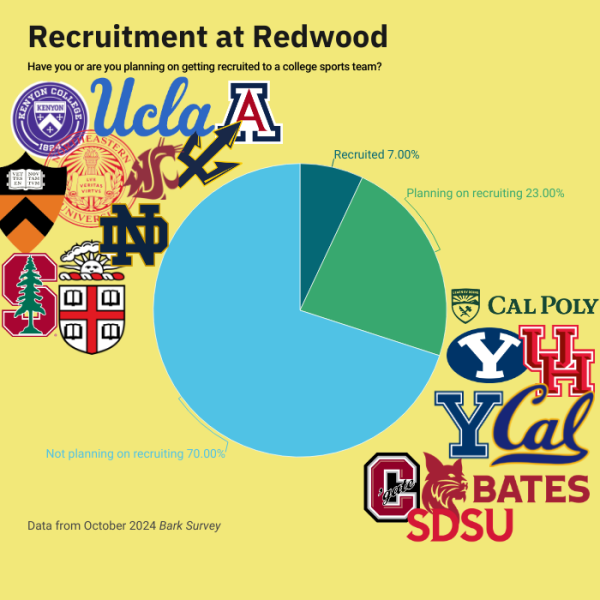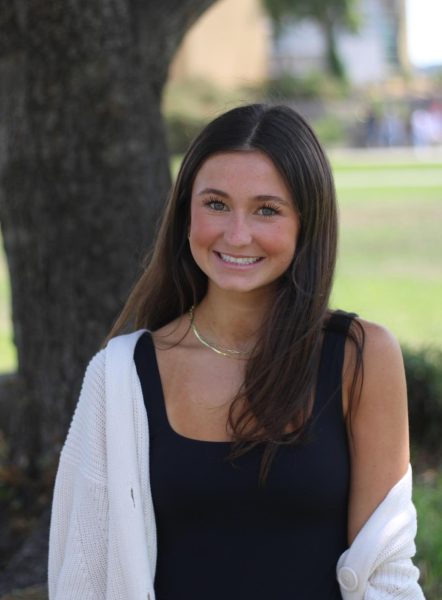One of the year’s most exciting yet stressful days just passed for many high school athletes: Sept. 1. This day marks when college coaches can contact high school juniors and offer them a spot on their sports team through email, text, social media and recruiting materials. This buzz across the athletic community causes tension levels to soar, but it is also an inspiring time for student-athletes hoping to make their dream team.

Junior Stella Belluomini was recruited to the University of Houston’s Division I(D1) Softball team. After spending her early high school career preparing for college recruitment, Belluomini felt Houston was the perfect fit, offering her the opportunity to play D1 and create a connection with the pitching coach.
“I liked the pitching coach since I’m a pitcher. Her name is Hope and she was a pitcher at Oklahoma, which is the best softball school. I thought she was super caring and I felt good with her. I also really liked Texas,” Bellumoni said.
But getting to this point took work. The nerves leading up to Sept. 1 were very consuming for Belluomini and other high school athletes.
“There was definitely a lot of anticipation leading up to Sept. 1 for all spring athletes and it was very intense. But once [Sept. 1] passed, I felt stress lifted off of me,” Belluomini said.
The work and time put into the recruitment process is extremely time-consuming. Junior Lilliana Huerta, a beach volleyball player, commits hours after school and on weekends to make herself known among the college coaches.
“Every weekend, I play in at least one tournament and during the week, I train three days a week with a personal trainer for an hour and 15 minutes and two days a week for two hours with my club team for regular practice,” Huerta said. “I usually go down to Los Angeles every weekend. Right now, it’s a lot of college camps, going to the colleges, visiting the coaches and trying to make myself known.”

Similarly, sophomore Eva Layton shared her undertaking of trying to get recruited for field hockey. Layton spends most of her sophomore year practicing, filming highlight reels and contacting schools.
“It’s super stressful with grades and school work, but I also have practice every day for field hockey. Then, during the games, I have to film. Then I go home, and I have to make highlight reels. And you have to email schools constantly as you get closer and closer to [Sept. 1],” Layton said.
The stress on uncommitted athletes can be overwhelming due to the uncertainty of everything. It can also result in comparison to teammates who may already be committed.
“[Teammates] probably see that [we are recruited], and they’re like, ‘Those girls got recruited so fast.’ The girls who aren’t recruited [are thinking], ‘Am I doing something wrong? What’s going on?’” Belluomini said.
Across social media, we see many student-athletes getting recruited almost immediately. While incredible, this isn’t the reality for many student-athletes. According to the October 2024 Bark Survey, only 7% of athletes are currently committed to a college sports team. Furthermore, recruitment is a tedious process that shouldn’t be rushed, even when other athletes are getting recruited quickly.

“It’s stressful because all you see is everybody posting their commitments on social media and where everybody’s going. So, you feel behind if you’re not getting committed right away,” Huerta said.
Senior volleyball player Beckett Shewey has countless D1 offers but is still considering other schools. Even with the success of being discovered by numerous coaches, the process is still very difficult.
“You have to be very organized and know [the coaches] you’re talking to, know how to talk to [coaches] and remember what you’ve talked about. So, overall, I think it’s difficult and not for everyone,” Shewey said.
He has also noticed the pressure to get recruited for teammates, especially on the boys’ volleyball team, where many athletes have already committed to top schools like the University of California, Los Angeles and Brigham Young University.
“Overall, we have mixed feelings because some kids are stressed during practice. They’re tense, whereas other kids are like, ‘I don’t need to perform as well now that I’m recruited,’” Shewey said.
As the Instagram highlights continue to fill our feeds and commitment posts flood our stories, it is crucial to understand the work and dedication behind recruitment, whether you are committed to a university or just beginning the first steps.







